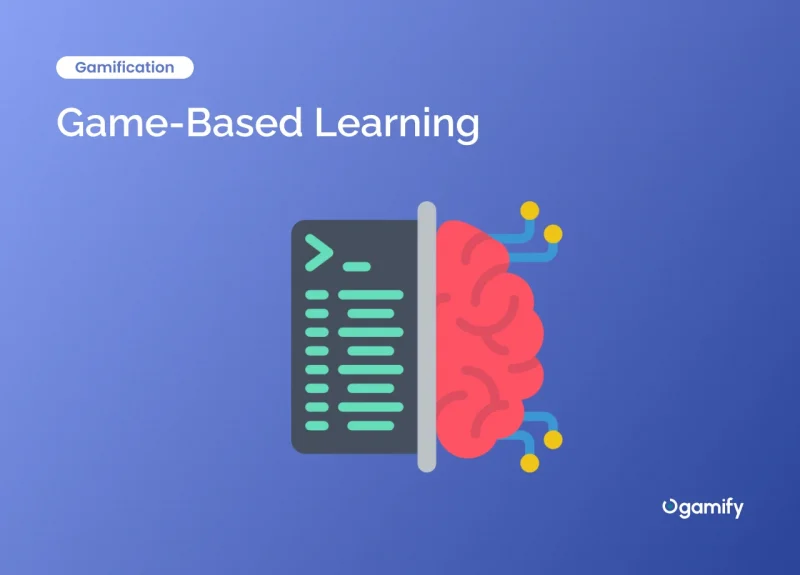Are traditional teaching methods failing to ignite the passion for learning in students? Enter Game Based Learning (GBL) and Gamification – are two dynamic approaches that are transforming education as we know it. Embracing the principles of games, these innovative techniques captivate learners, making education an exciting and immersive adventure.
But what exactly is Game Based Learning and Gamification? How do they differ, and what benefits do they bring to the table? Join us on a journey through the world of games and learning as we explore the magic of GBL and the allure of Gamification. Discover which path is key to unlocking your students’ potential and paving the way for a brighter, more engaged future.
What is Game-Based Learning?

Game Based Learning (GBL) is a cutting-edge educational approach that artfully combines the principles of games with academic content to captivate learners and facilitate a comprehensive understanding of various subjects. At its core, game based learning strives to create an interactive and immersive environment, harnessing the enticing elements of gameplay to foster an enjoyable and motivating educational experience.
Unlike conventional rote learning methods, GBL thrives on active participation, problem-solving, critical thinking, and collaboration, empowering students to engage deeply with the subject. By integrating educational content seamlessly into interactive games, GBL captures learners’ attention, transforming the learning process into an exciting journey filled with challenges, rewards, and achievements.
Additionally, game based learning accommodates diverse learning styles, enabling students to grasp complex concepts through hands-on experiences and practical applications within the virtual realm. Furthermore, GBL fosters teamwork and collaboration, as learners often need to collaborate and strategize with peers to overcome in-game challenges, promoting effective communication and cooperation.
Within the world of game based learning, various game genres can be employed to cater to different subjects and learning objectives. Whether it’s a simulation game to teach real-world problem-solving skills or an adventure game to delve into historical events, the adaptability of game genres allows for versatile and tailored learning experiences.
What is Gamification?
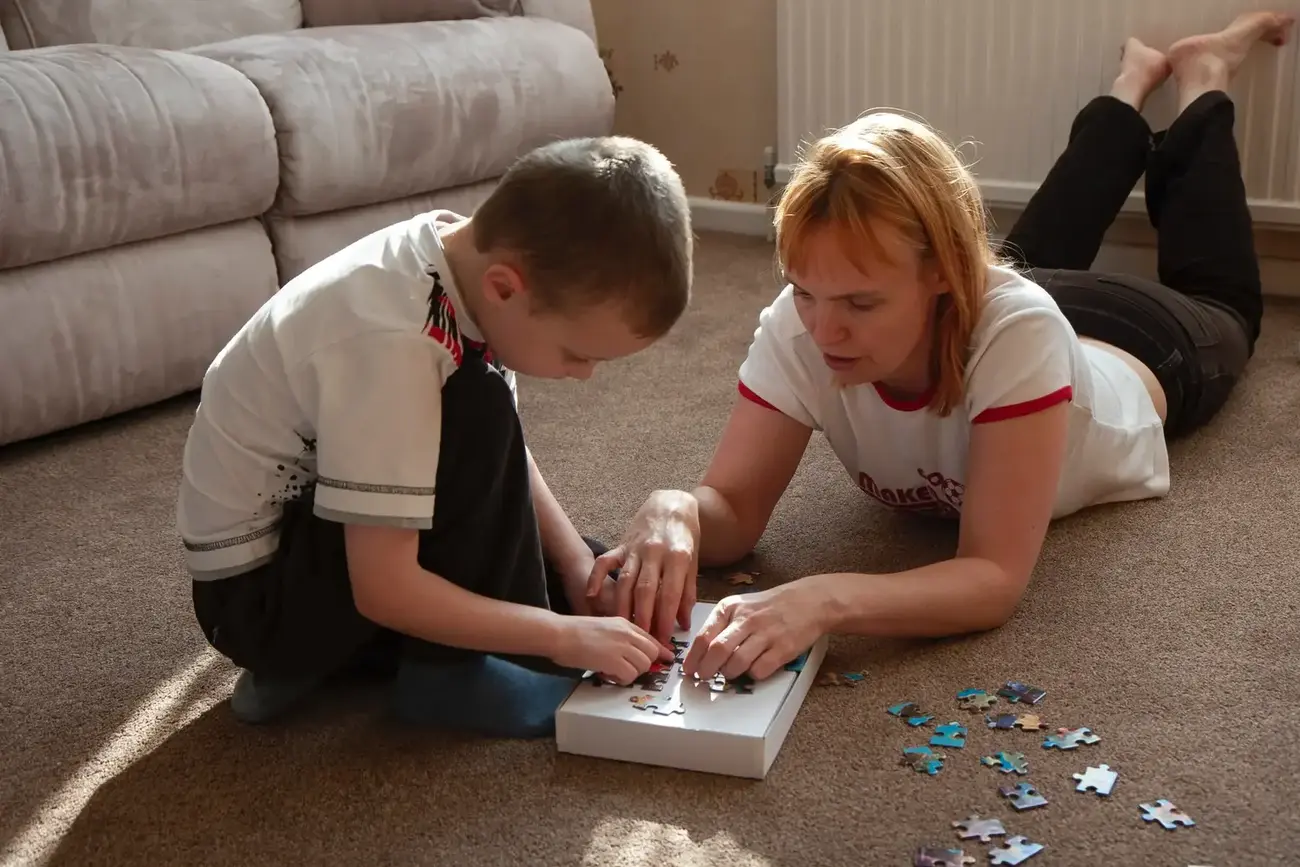
Conversely, gamification is a technique that applies game elements, mechanics, and dynamics to non-game contexts, such as education. In this approach, educational content or tasks are gamified by incorporating elements like points, badges, leaderboards, and rewards.
The primary aim of gamification is to boost learners’ motivation and engagement by making learning more enjoyable and competitive, increasing their interest and commitment to the learning process.
Examples of Game Based Learning
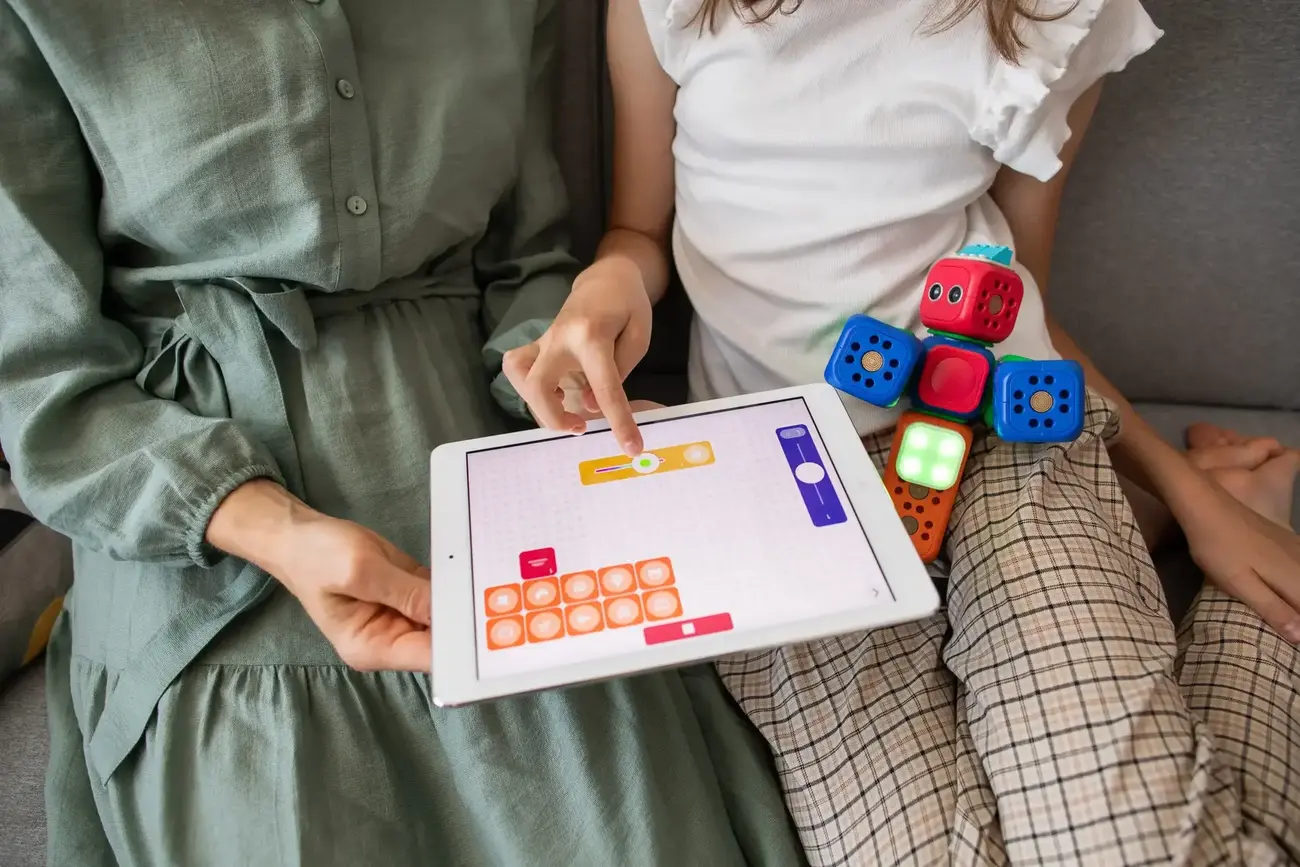
To better understand Game Based Learning, let’s explore a few examples. Imagine a history lesson presented as an interactive adventure game where students travel back in time to solve historical puzzles and make decisions that shape the course of history. In a language learning context, an immersive language game might simulate real-life scenarios, enabling learners to practice conversational skills in a virtual environment.
Educational Video Games
There are numerous video games designed explicitly for educational purposes. These games cover various subjects such as math, science, history, and language arts. For instance, “DragonBox” is a math-based game that teaches algebraic concepts to young learners by turning equations into fun puzzles. “MinecraftEdu” is a modified version of the popular game “Minecraft,” specifically tailored for classroom use to promote creativity, problem-solving, and collaboration skills.
Quiz and Trivia Games
Interactive quizzes and trivia games have long been used as educational tools. With the rise of digital platforms and mobile apps, these games have become more accessible and engaging.
Platforms like Kahoot! and Quizlet Live allow teachers to create custom quizzes and gamify the learning process. Students compete against each other or work in teams to answer questions, making learning a competitive and enjoyable experience.
Simulation Games

Simulation games are excellent tools for teaching complex concepts and practical skills. For example, “SimCity” allows players to build and manage virtual cities, teaching them about urban planning, resource management, and civic responsibilities.
In the medical field, simulation games like “Practo: Your Health Clinic” provide medical students with virtual patient scenarios to practice diagnosis and treatment.
Language Learning Apps
Language learning has seen a remarkable transformation by integrating gamified elements within various apps, making the process more interactive, engaging, and enjoyable for users. Duolingo’s widely acclaimed language learning app is a prime example of this phenomenon. Through a delightful amalgamation of educational content and game mechanics, Duolingo motivates users to embark on language exercises presented as captivating games. The app offers diverse challenges that cater to different language proficiency levels, ensuring a personalized learning experience for each learner.
As users diligently complete language exercises, they are generously rewarded with points, instilling a sense of accomplishment and progress. These points contribute to unlocking different levels, fostering a sense of curiosity and excitement as learners advance through increasingly complex linguistic tasks. Moreover, the competitive aspect of language learning within the app adds an extra layer of motivation, as users can challenge their friends and fellow learners, turning the language acquisition journey into a friendly and rewarding competition.
Role-Playing Games (RPGs)
In the realm of education, Role-Playing Games (RPGs) have emerged as a powerful and adaptive tool, capable of nurturing critical thinking and problem-solving skills among students. A striking illustration of this application lies in their incorporation within history classes, where educators harness RPGs like “Civilization VI” to transport students back in time, immersing them in an interactive and dynamic journey through historical eras.
Within these RPGs, students are invited to step into the shoes of influential historical leaders, assuming their roles and responsibilities. As they navigate through intricate decision-making scenarios, students must contemplate the consequences of their actions on the development and interactions of civilizations. This immersive learning experience prompts learners to think critically, analyze historical events, and understand the complexities of cause and effect, all while enjoying the thrill of interactive gameplay.
Augmented Reality (AR) Games
Augmented Reality (AR) technology has ventured beyond the realm of entertainment, seamlessly melding the virtual world with our reality and transforming how we learn and explore. AR games have found a promising application in game based learning, with “Pokemon Go” an iconic illustration of this groundbreaking fusion.
By harnessing AR technology, “Pokemon Go” encourages players to embark on exciting quests beyond their screens, prompting them to explore the natural world and discover virtual landmarks and historical sites. This captivating blend of virtual and physical realms enhances the gaming experience. It imparts a tangible educational value as players inadvertently immerse themselves in the history, culture, and significance of the locations they visit. The integration of learning with adventure and exploration in AR games captivates learners of all ages, fostering a thirst for knowledge in a manner that is both enjoyable and enlightening.
Board Games and Card Games

Traditional board games and card games have been ingeniously adapted to serve as powerful educational tools in a delightful convergence of entertainment and education. Games like “Catan” offer an immersive and engaging experience that transcends mere entertainment, effectively teaching players resource management and trading principles.
As participants navigate the intricacies of resource allocation and strategic decision-making in “Catan,” they acquire valuable planning, negotiation, and critical thinking skills. Similarly, the beloved word game “Scrabble” has long been revered for its ability to sharpen players’ vocabulary and language skills. By creatively intertwining learning objectives with engaging gameplay, these adapted board games and card games foster an enjoyable and enriching learning environment where knowledge is acquired as an inherent part of the entertainment process.
Difference Between Gamification vs Game-Based Learning
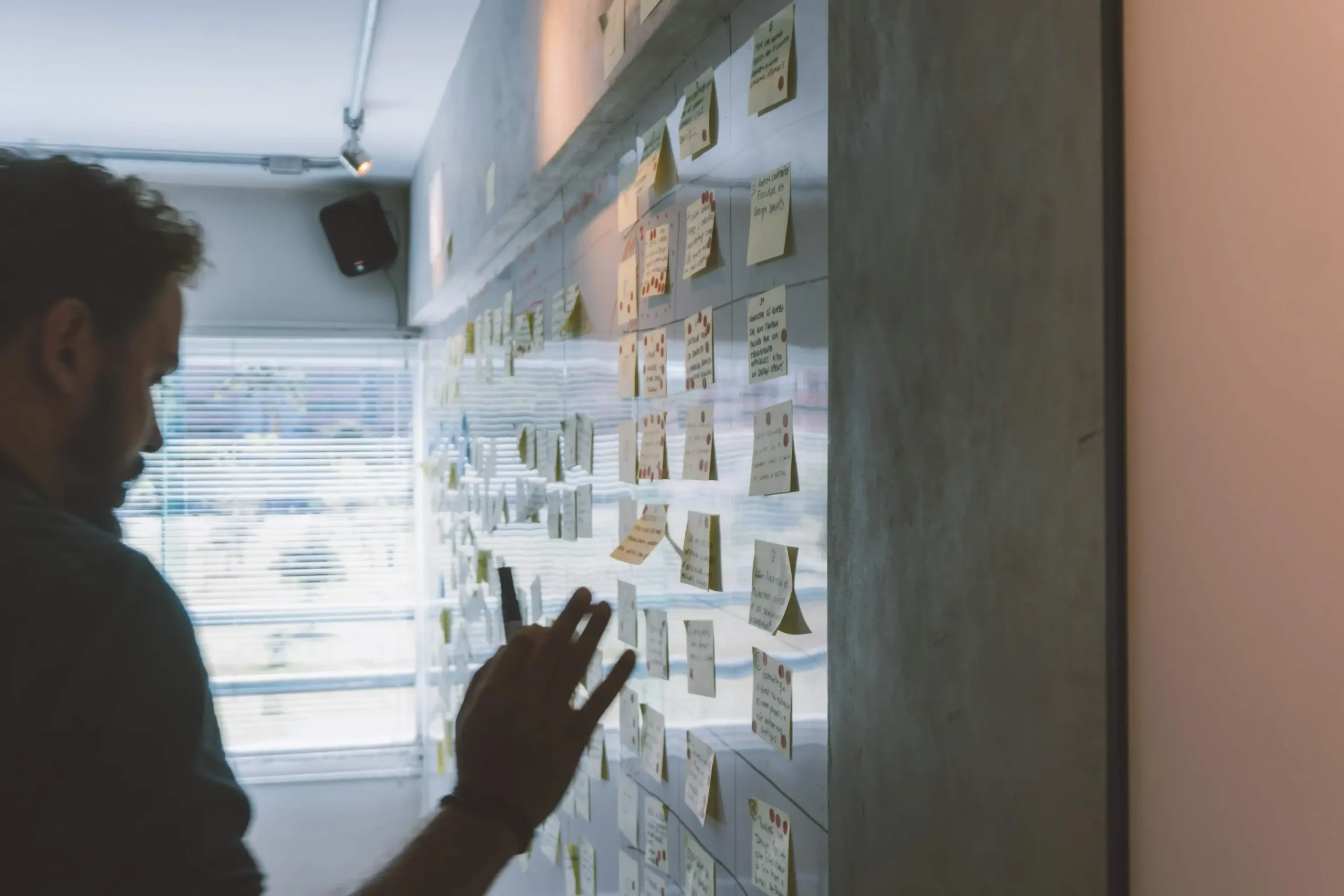
While both gamification and Game-Based Learning aim to enhance the learning experience, they differ significantly in their approach and implementation. Gamification introduces game elements to the learning process, such as points, badges, and leaderboards, to create a sense of achievement and competitiveness.
In contrast, Game Based Learning involves using complete games or game-like simulations to deliver educational content and objectives. In essence, gamification enhances existing learning materials with game elements, while Game Based Learning utilizes games as the primary medium for delivering educational content.
Benefits of Using Gamification and Game Based Learning
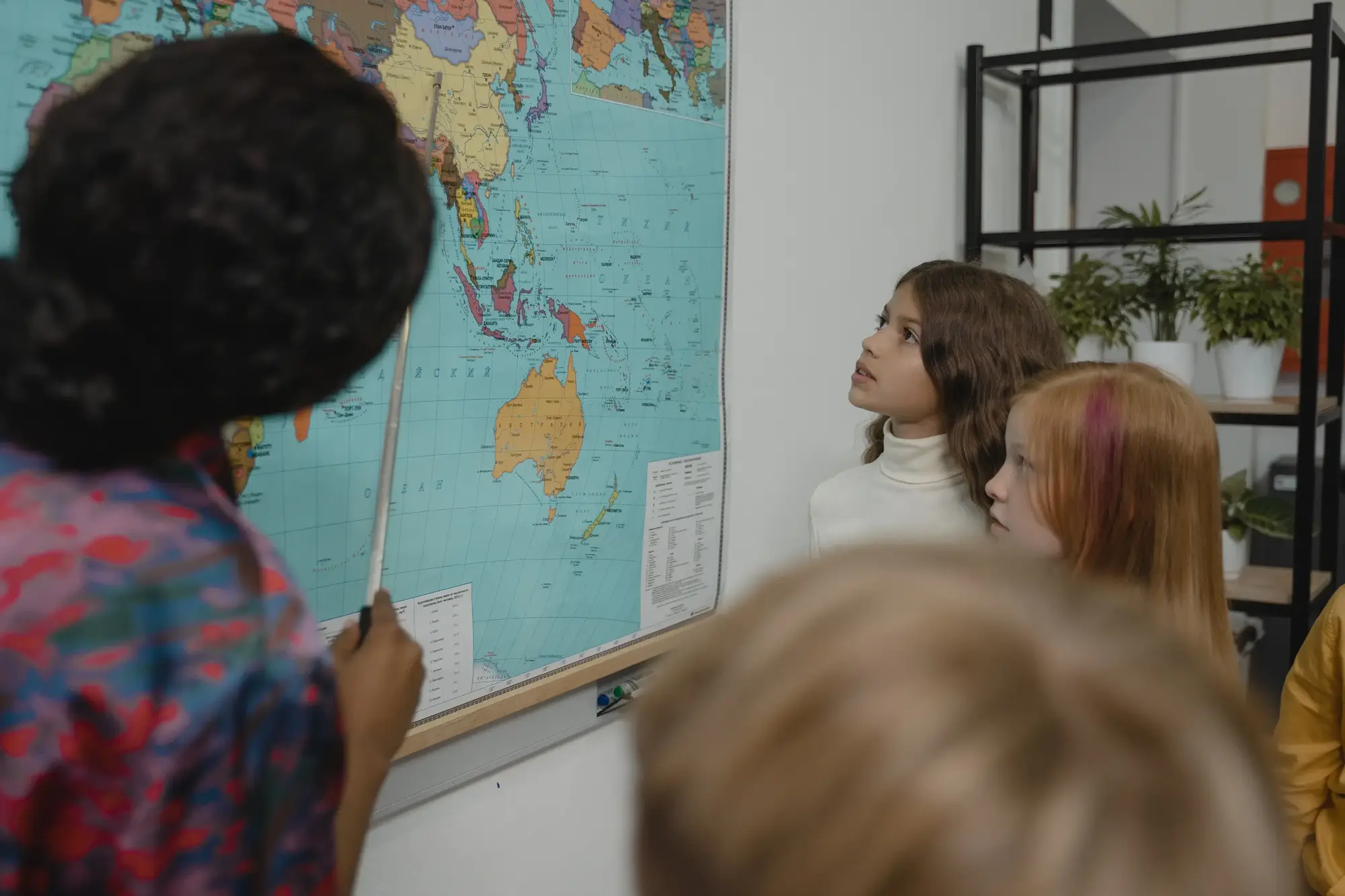
- Enhanced Engagement: Both gamification and Game Based Learning capture learners’ attention and maintain their focus throughout the learning journey. The interactive nature of games motivates learners to participate and immerse themselves in the subject matter actively.
- Meaningful Learning: This benefit of Game Based Learning allows learners to apply theoretical knowledge in practical scenarios, promoting deeper comprehension and understanding. Gamification encourages learners to tackle challenges and solve problems in a fun and rewarding way, fostering critical thinking skills.
- Increased Retention: By providing a memorable and enjoyable learning experience, game elements in both approaches can enhance information retention and recall.
- Adaptability: Game Based Learning can cater to different learning styles, offering a more personalized experience to each student. Similarly, gamification allows educators to adjust the difficulty levels and challenges based on individual progress.
- Positive Learning Environment: Incorporating elements of play and competition through gamification and Game Based Learning creates a positive and supportive learning atmosphere, reducing stress and anxiety associated with traditional learning methods.
Conclusion
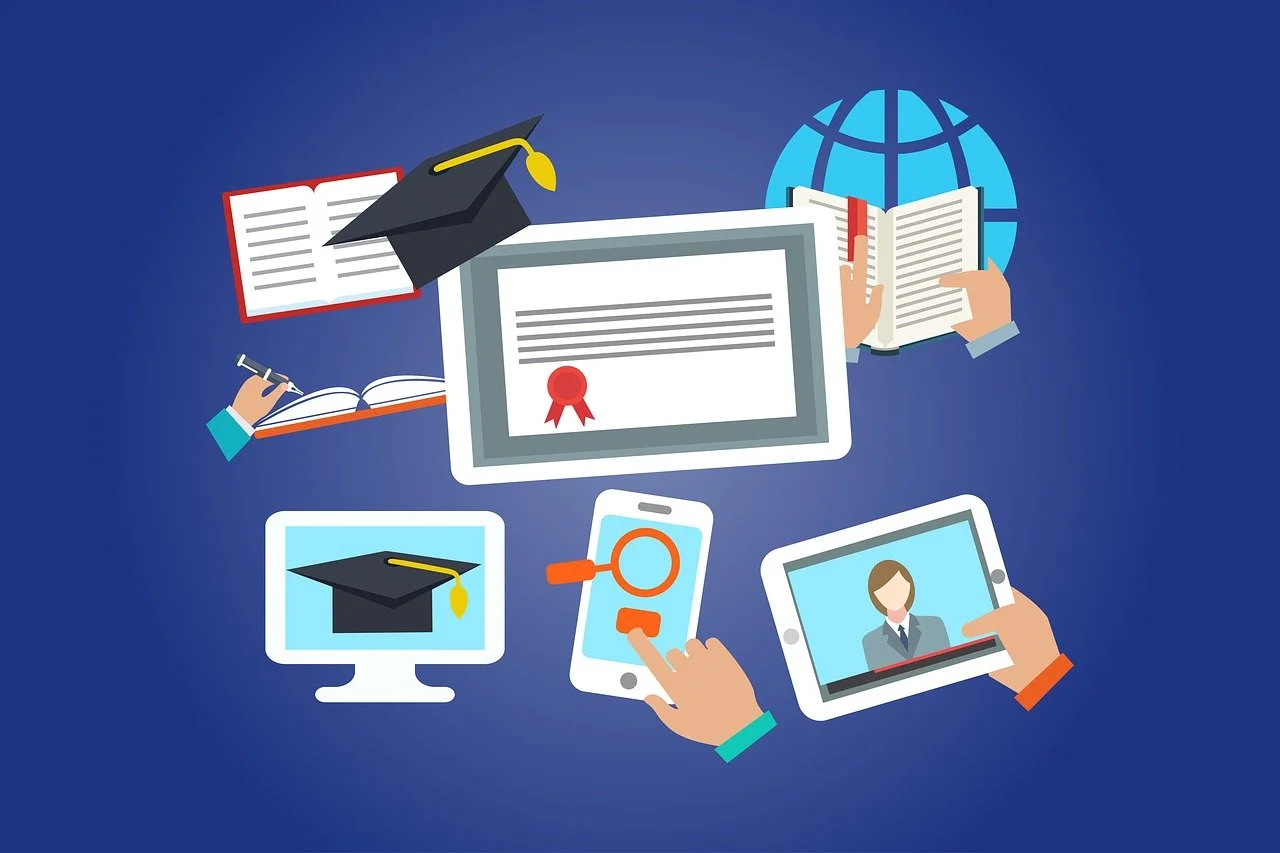
Both gamification and Game-Based Learning have unique advantages and applications in education. Gamification is an effective strategy to increase motivation and engagement in existing learning materials, while Game Based Learning provides a holistic and immersive experience with educational content presented through games.
The choice between the two approaches depends on the specific learning objectives, target audience, and available resources. Integrating gamification and Game Based Learning elements can also be a viable option, striking a balance between enjoyment and academic achievement in the learning process. Whichever path you choose, incorporating game-based principles into education undoubtedly offers a promising future for learners of all ages.
FAQ
How does Gamification differ from Game-Based Learning?
Gamification uses game-like elements like leaderboards and rewards to engage and motivate learners. Game-Based Learning is a more immersive approach that utilizes games as a learning tool.
What benefits do Game-Based Learning and Gamification bring to education?
GBL and Gamification make education more captivating, allowing students to maximize their learning experience. They engage learners, spark their curiosity, and ignite their passion for learning.
What is the best way to incorporate Game-Based Learning and Gamification into lessons?
Every lesson is unique, so the best approach is to tailor the activities to fit the specific objectives and needs of the learners. It’s also essential to monitor the progress and engagement of your students to ensure that GBL and Gamification positively impact their learning experience.
Which path is right for me: Game-Based Learning or Gamification?
Both GBL and Gamification have their own unique advantages and can be tailored to fit the needs of different lessons. Ultimately, it depends on your goals and objectives and which approach will best meet the needs of your students.

